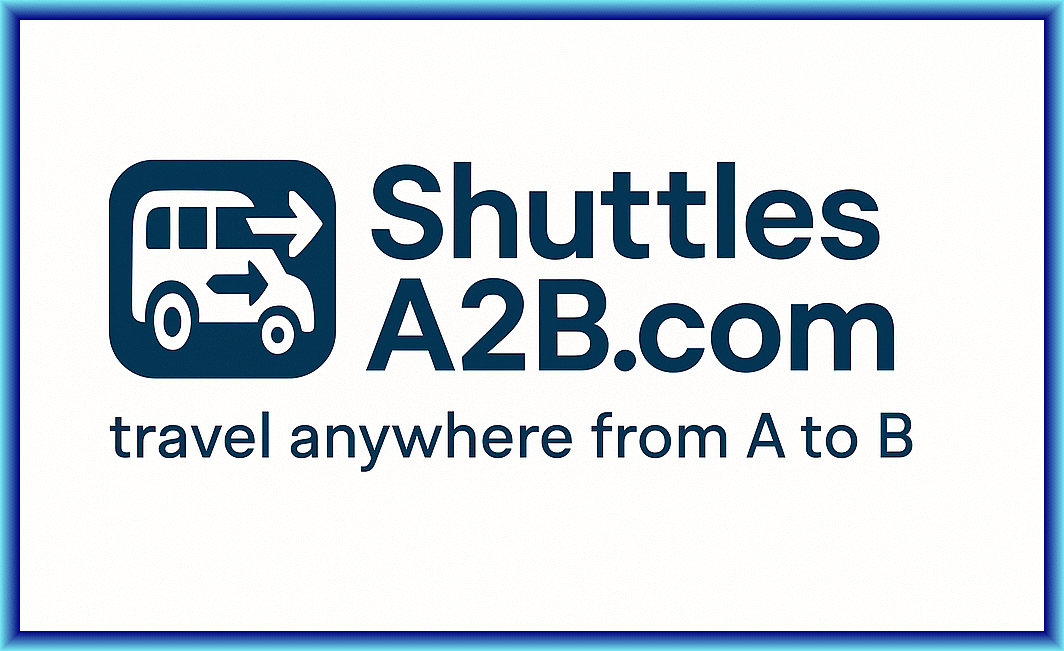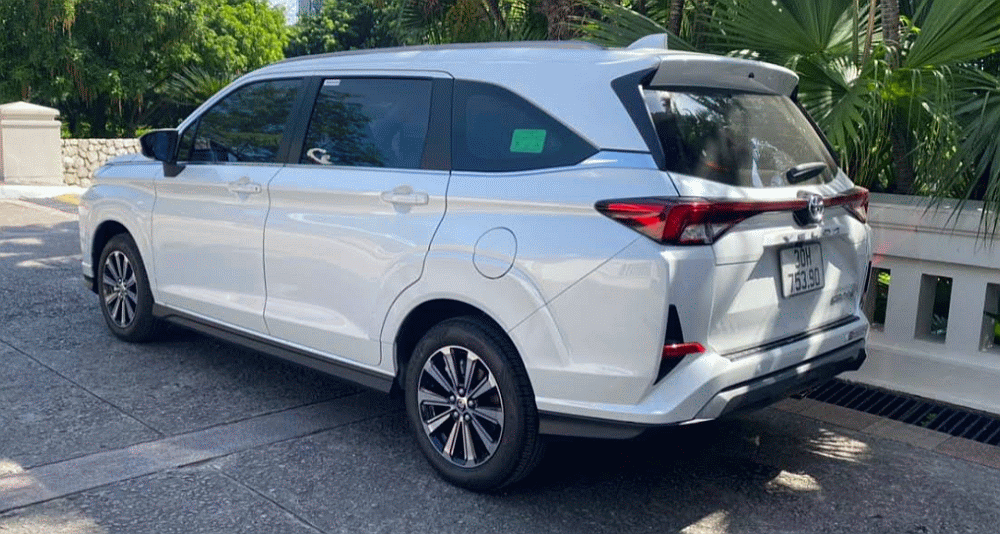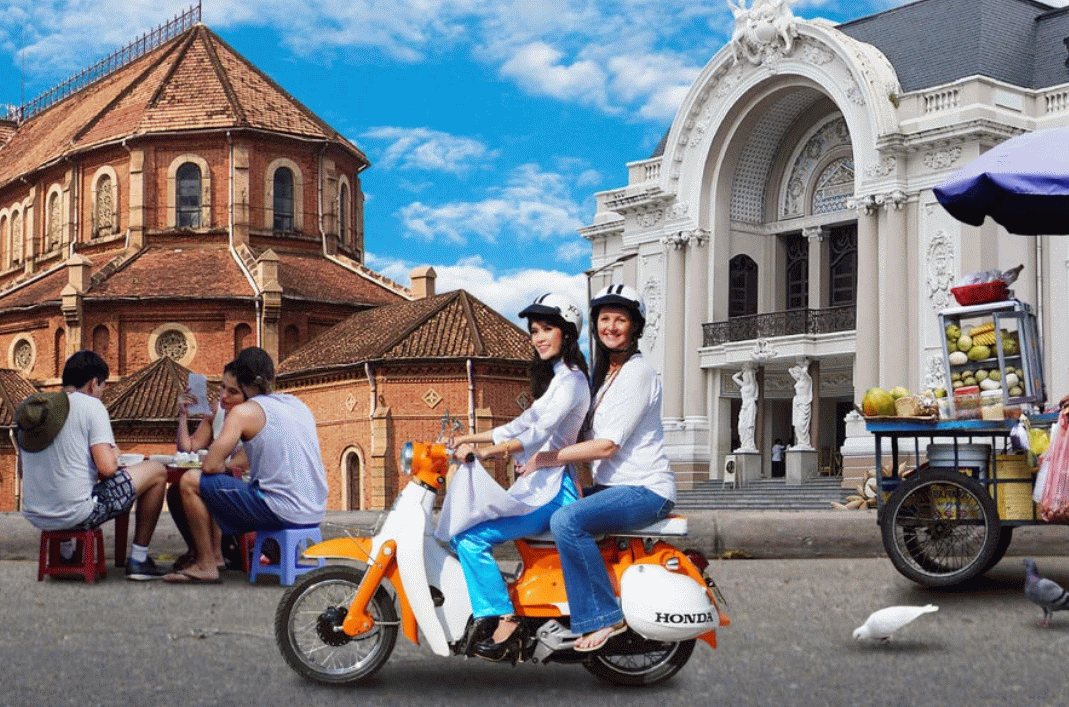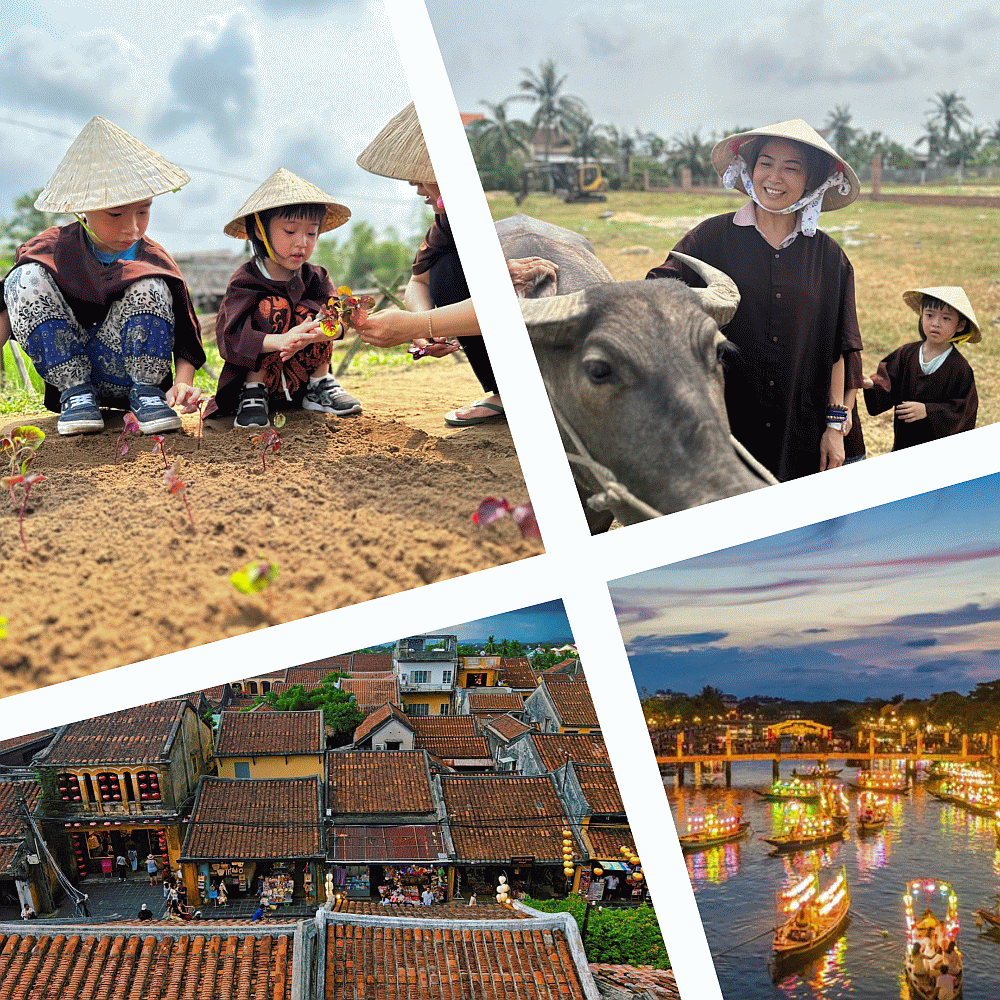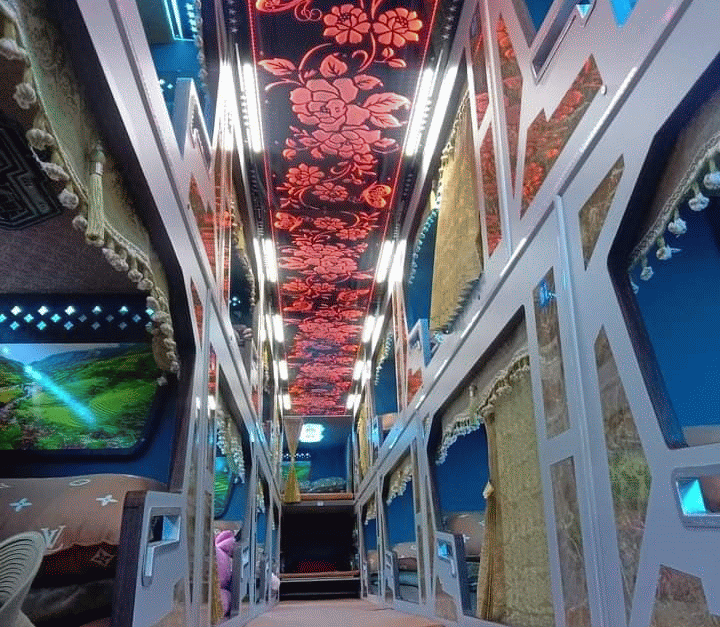
Essential Guide to Vietnam Shuttles:
Navigate Your Journey with Confidence and Style
Practical Guide: Getting Around Vietnam and Beyond
Travelling through Vietnam is one of the highlights of visiting Southeast Asia. The country stretches more than 1,600 kilometres from north to south and offers everything from limestone mountains and rice terraces to beaches and tropical islands. Getting around Vietnam is simple, with flights, trains, buses, and a growing network of travel shuttles to connect every corner of the country.
Domestic Travel in Vietnam
Flights
Flying is the fastest and most efficient way to move between major cities such as Hanoi, Da Nang, and Ho Chi Minh City. Domestic airlines including Vietnam Airlines, VietJet Air, and Bamboo Airways offer frequent departures and competitive prices. Most routes take just one to two hours, and early bookings often secure the best deals. Flying is ideal for travellers who want to make the most of their time exploring Vietnam’s key regions.
Trains
Vietnam’s Reunification Express railway runs the full length of the country, from Hanoi in the north to Ho Chi Minh City in the south. The complete trip takes around 35 hours, but the most scenic stretch is between Hue and Da Nang, where the train winds along the coast. Choose soft sleeper cabins for comfort, especially on overnight routes. Tickets can be booked online or through travel agents, and train shuttles often link nearby towns and attractions.
Buses, Minivans and Shuttles
Tourist buses, minivans, and private shuttles connect almost every city and town in Vietnam. Sleeper buses are popular for long distances, while airport and hotel shuttles provide convenient transfers between major destinations. Reputable operators such as Futa Bus and The Sinh Tourist run nationwide routes with comfortable vehicles and easy online booking. Expect travel times of six to eight hours between hubs like Hanoi and Ha Giang or Ho Chi Minh City and Da Lat.
Motorbikes and Scooters
For travellers seeking independence and adventure, motorbiking through Vietnam is an unforgettable experience. Routes such as the Ha Giang Loop in the north and the Hai Van Pass in central Vietnam are among the country’s most famous. Motorbike rentals are affordable and widely available, usually costing between US$7 and US$15 per day. Some companies even offer luggage or support shuttles for riders. Be sure to have an international driving permit and valid travel insurance.
Private Cars and Transfers
Private car services and shuttles are an excellent choice for travellers who prefer comfort and flexibility. Drivers can be arranged through hotels, tour operators, or apps like Grab. This option is especially popular for routes such as Hanoi to Ha Long Bay or Hoi An to Hue, where you can stop at viewpoints or attractions along the way.
Cross-Border Travel from Vietnam
Vietnam shares land borders with Cambodia, Laos, and China, making it easy to extend your adventure. International buses and cross-border shuttles operate daily, providing affordable and direct connections to major cities in neighbouring countries.
Vietnam to Cambodia
The Ho Chi Minh City to Phnom Penh route is the most popular overland connection, taking about six to seven hours by shuttle or bus via the Moc Bai–Bavet border crossing. Reputable companies such as Giant Ibis, Mekong Express, and Kumho Samco offer reliable service. Travellers can also take a scenic speedboat from Chau Doc in the Mekong Delta to Phnom Penh, which takes around five hours. Cambodia offers e-visas and visas on arrival at most crossings.
Vietnam to Laos
Several crossings link Vietnam and Laos, including the route from Hanoi to Luang Prabang via Dien Bien Phu, and from Hue or Da Nang to Savannakhet via the Lao Bao border. International buses and shuttles make the journey in 8–18 hours depending on distance. Laos provides e-visas and visas on arrival for most nationalities.
Vietnam to China
The main crossings between Vietnam and China are at Dong Dang–Pingxiang (for travel between Hanoi and Nanning), Lao Cai–Hekou (near Sapa), and Mong Cai–Dongxing (near Ha Long). Some cross-border shuttles and trains operate on these routes, offering an easy transition between the two countries. A Chinese visa must be arranged in advance, as visas on arrival are not available.
Summary and Travel Tips
Vietnam’s well-developed transport network makes it easy to travel between cities and regions. Domestic flights are perfect for covering long distances quickly, while trains and buses provide scenic routes for a slower pace. Shuttles and private transfers offer reliable connections between airports, hotels, and tourist destinations.
If you plan to continue your trip into Cambodia, Laos, or China, cross-border shuttles are an affordable and straightforward way to travel. Always check visa requirements and schedules before you go. Whether you’re taking a coastal train, booking an airport shuttle, or crossing borders by bus, getting around Vietnam is part of the journey itself.
Popular Destinations, Tours and Shuttle Services - Vietnam
Why Visit Vietnam?
Vietnam captivates travellers with its vibrant culture, stunning landscapes, and rich history. From the bustling streets of Hanoi and Ho Chi Minh City to the serene waters of Ha Long Bay and the terraced fields of Sapa, the country offers a unique blend of tradition and adventure. Delicious street food, welcoming locals, and centuries-old temples make Vietnam an unforgettable destination for independent travellers seeking authenticity and discovery.
Tại sao nên đến Việt Nam?
Việt Nam thu hút du khách với văn hóa sôi động, cảnh quan tuyệt đẹp và lịch sử phong phú. Từ những con phố nhộn nhịp của Hà Nội và TP. Hồ Chí Minh đến làn nước yên bình của Vịnh Hạ Long và những ruộng bậc thang ở Sapa, đất nước này mang đến sự kết hợp độc đáo giữa truyền thống và phiêu lưu. Ẩm thực đường phố ngon tuyệt, người dân thân thiện và các ngôi đền cổ kính khiến Việt Nam trở thành điểm đến khó quên cho những du khách độc lập tìm kiếm trải nghiệm chân thật và khám phá.

